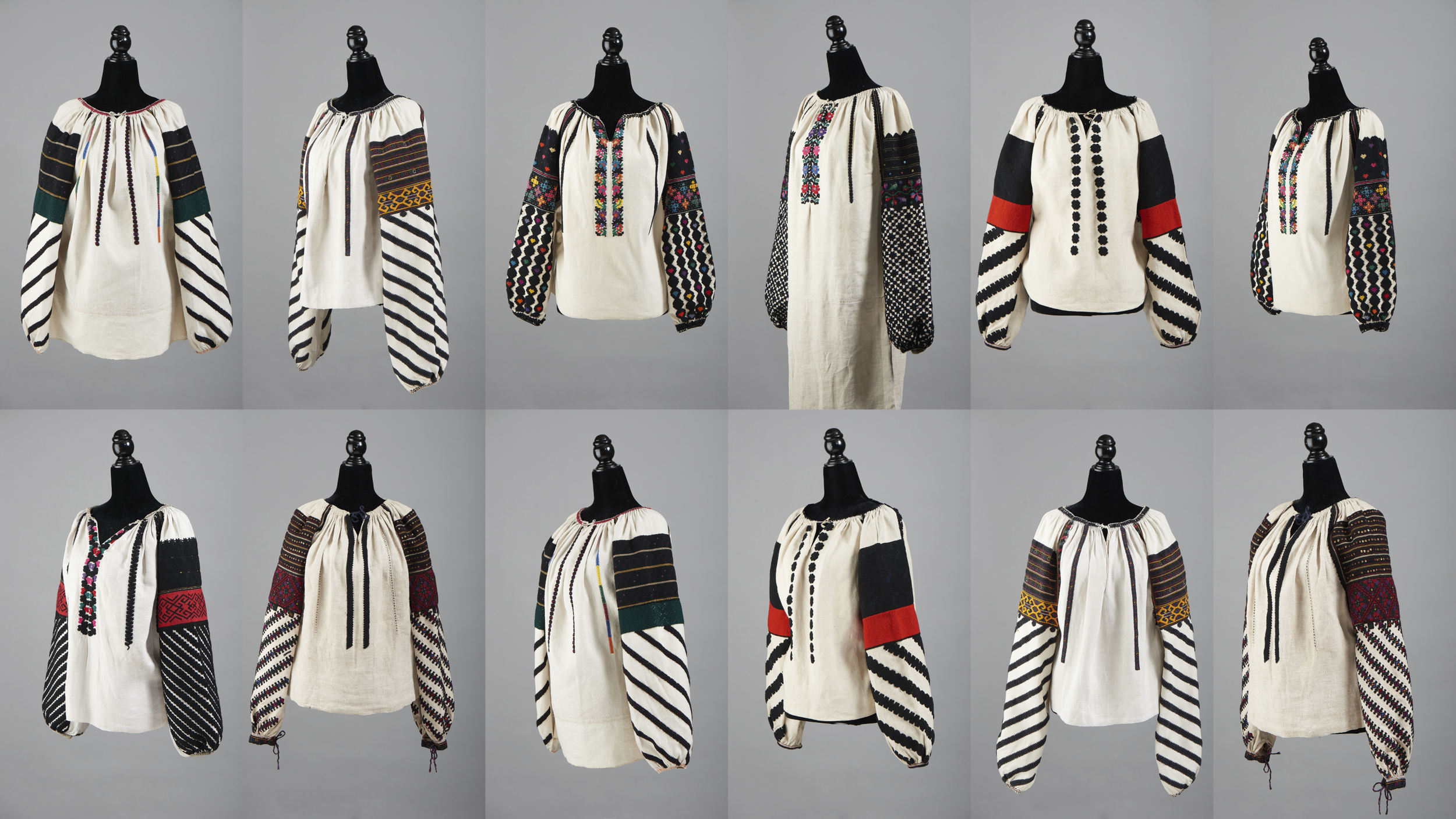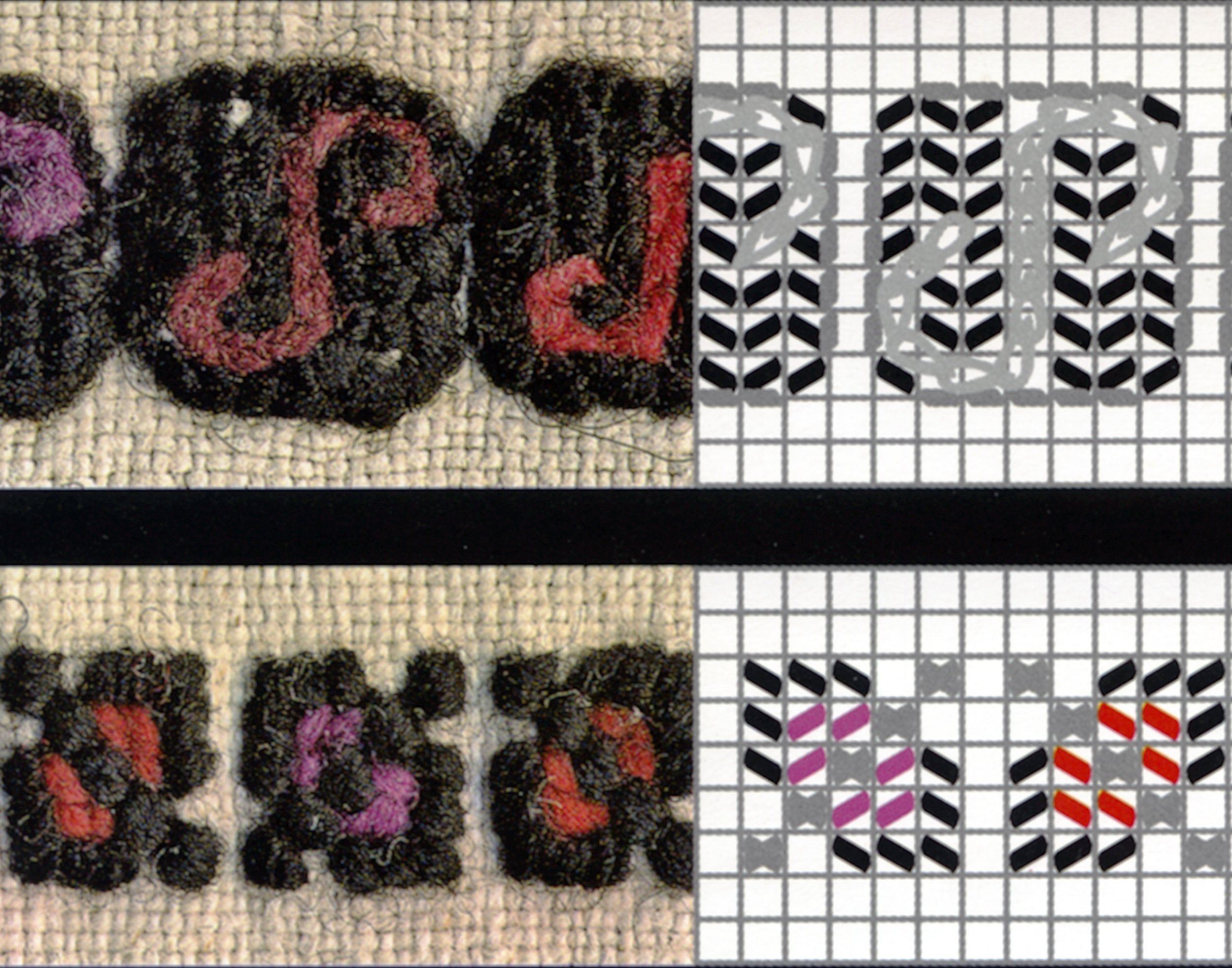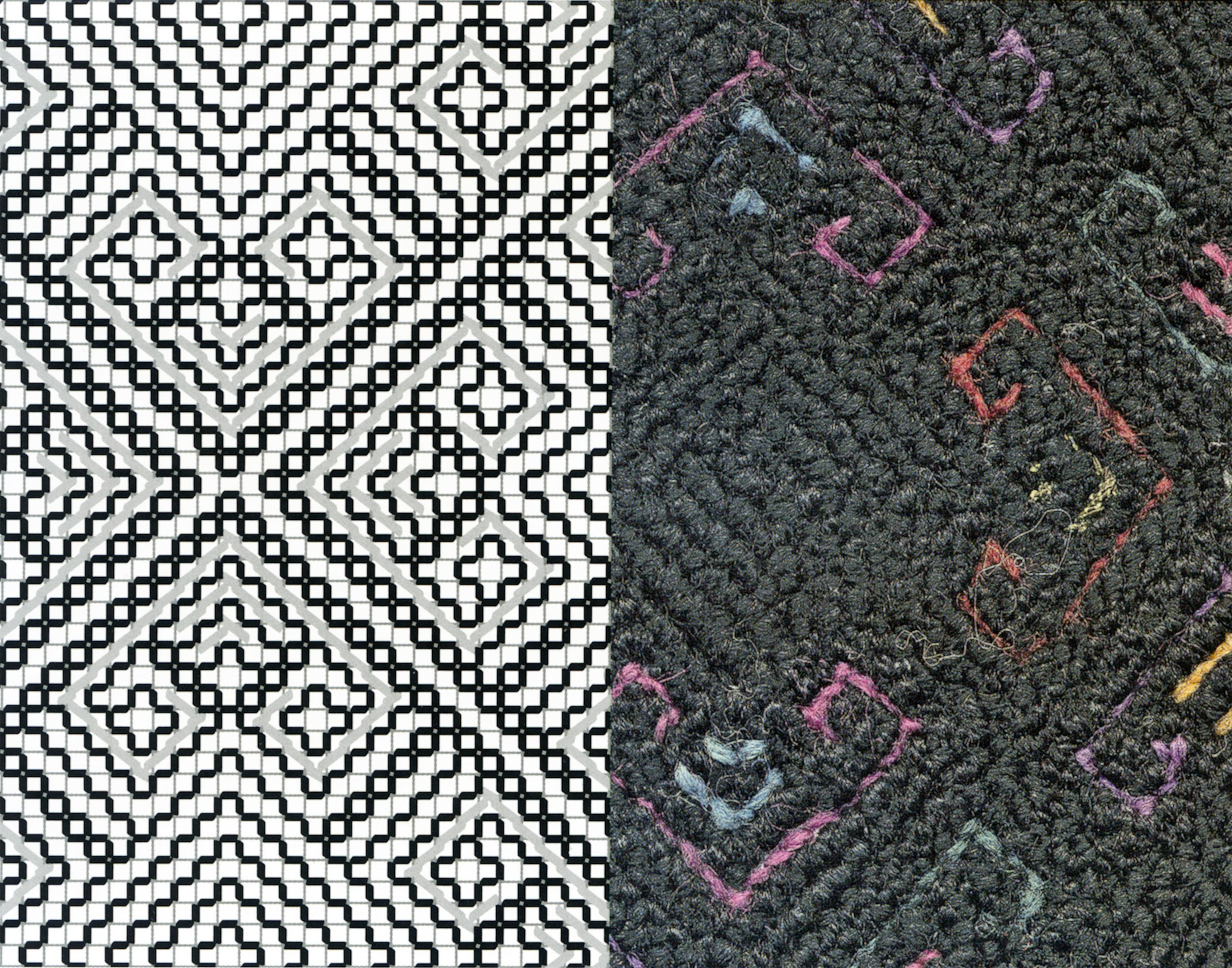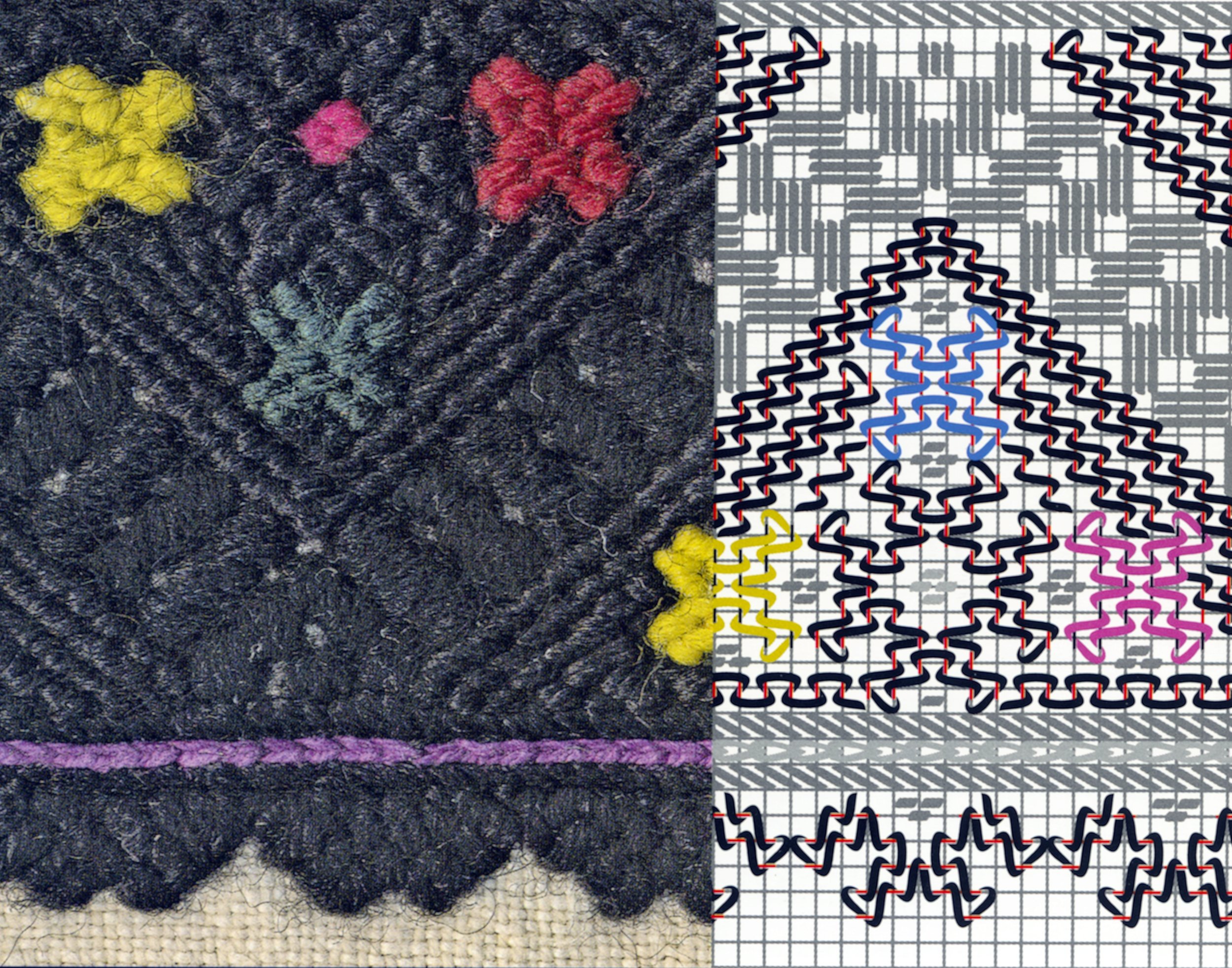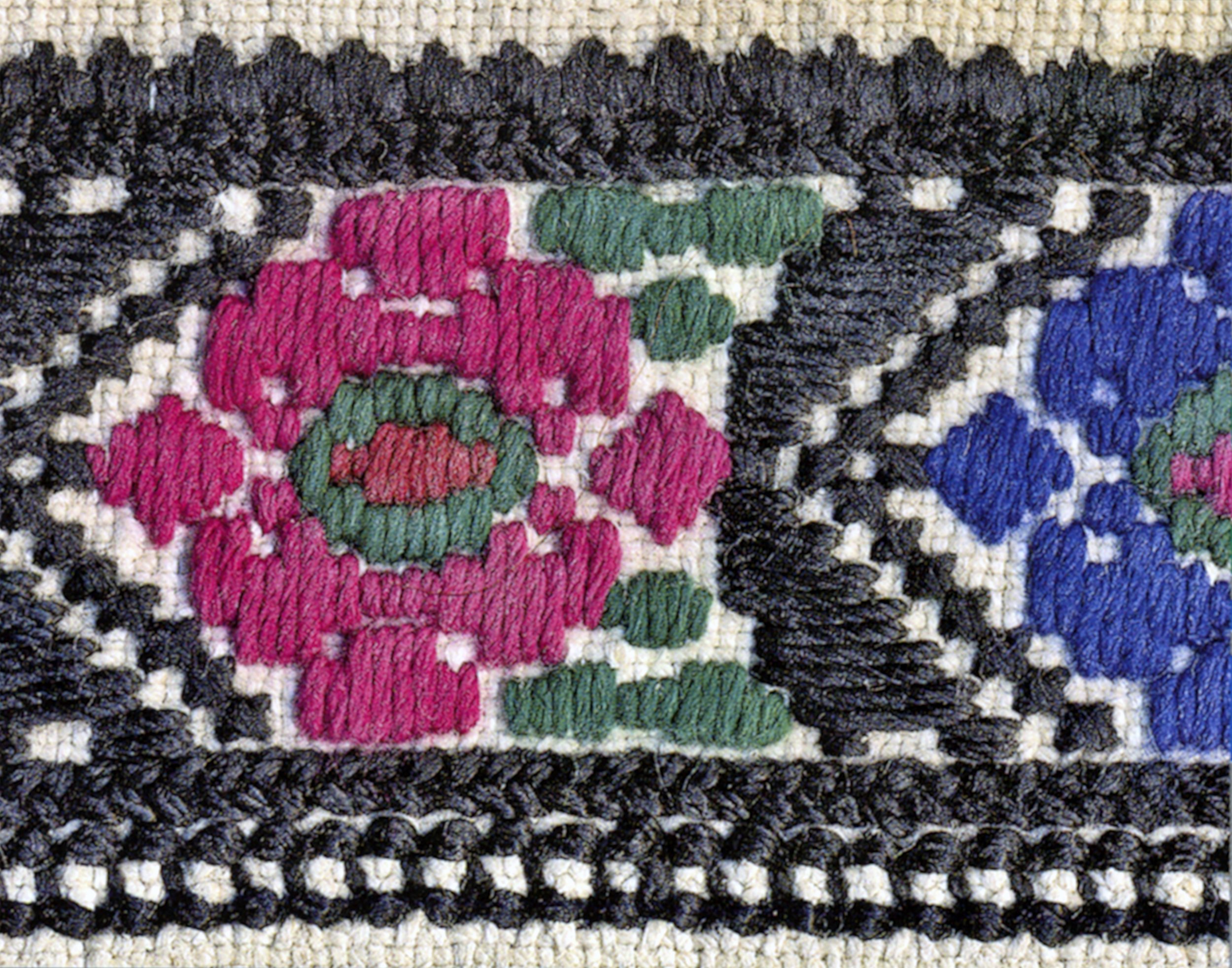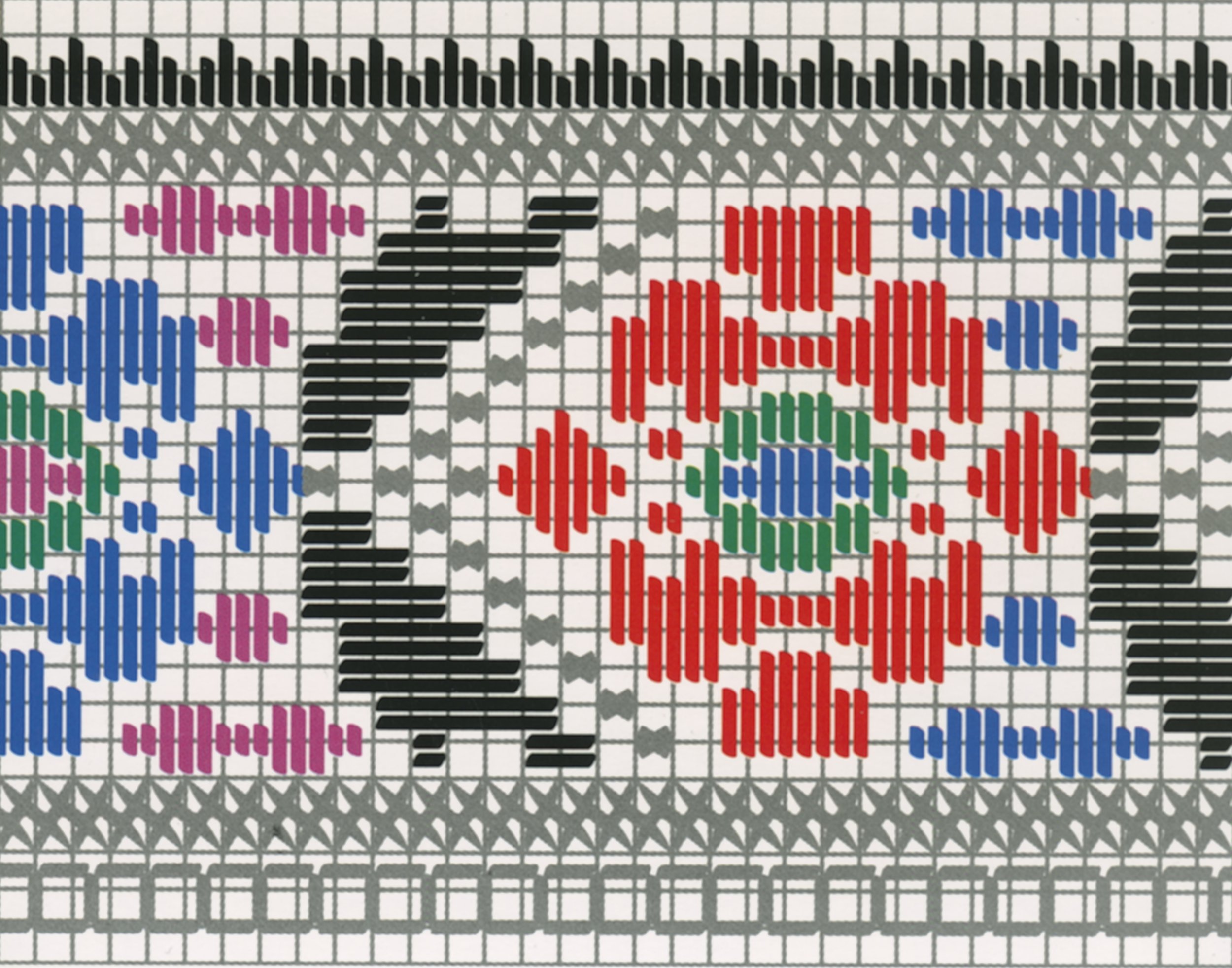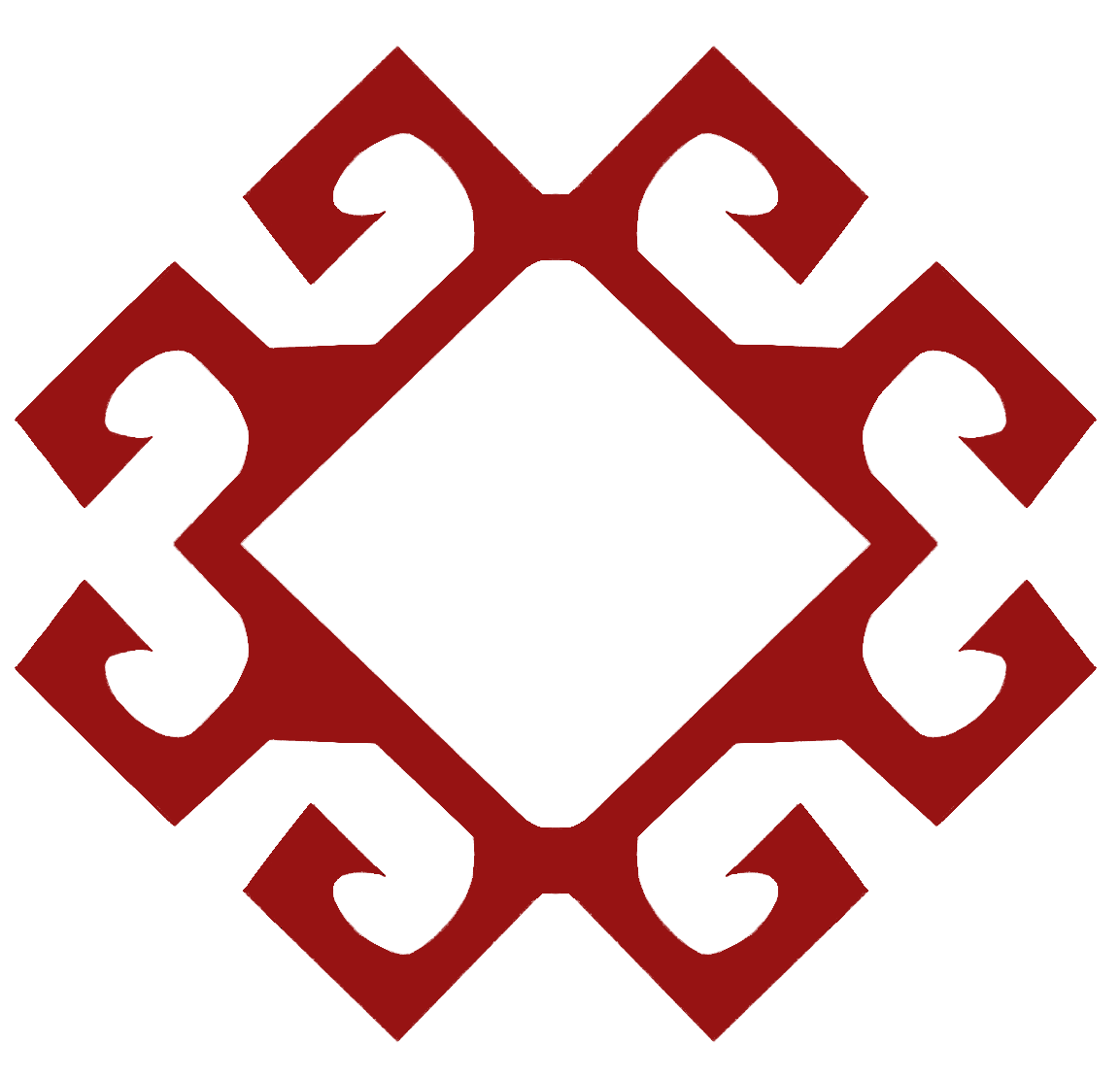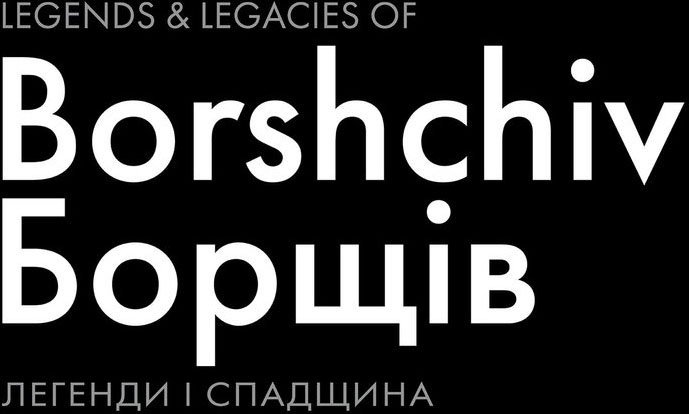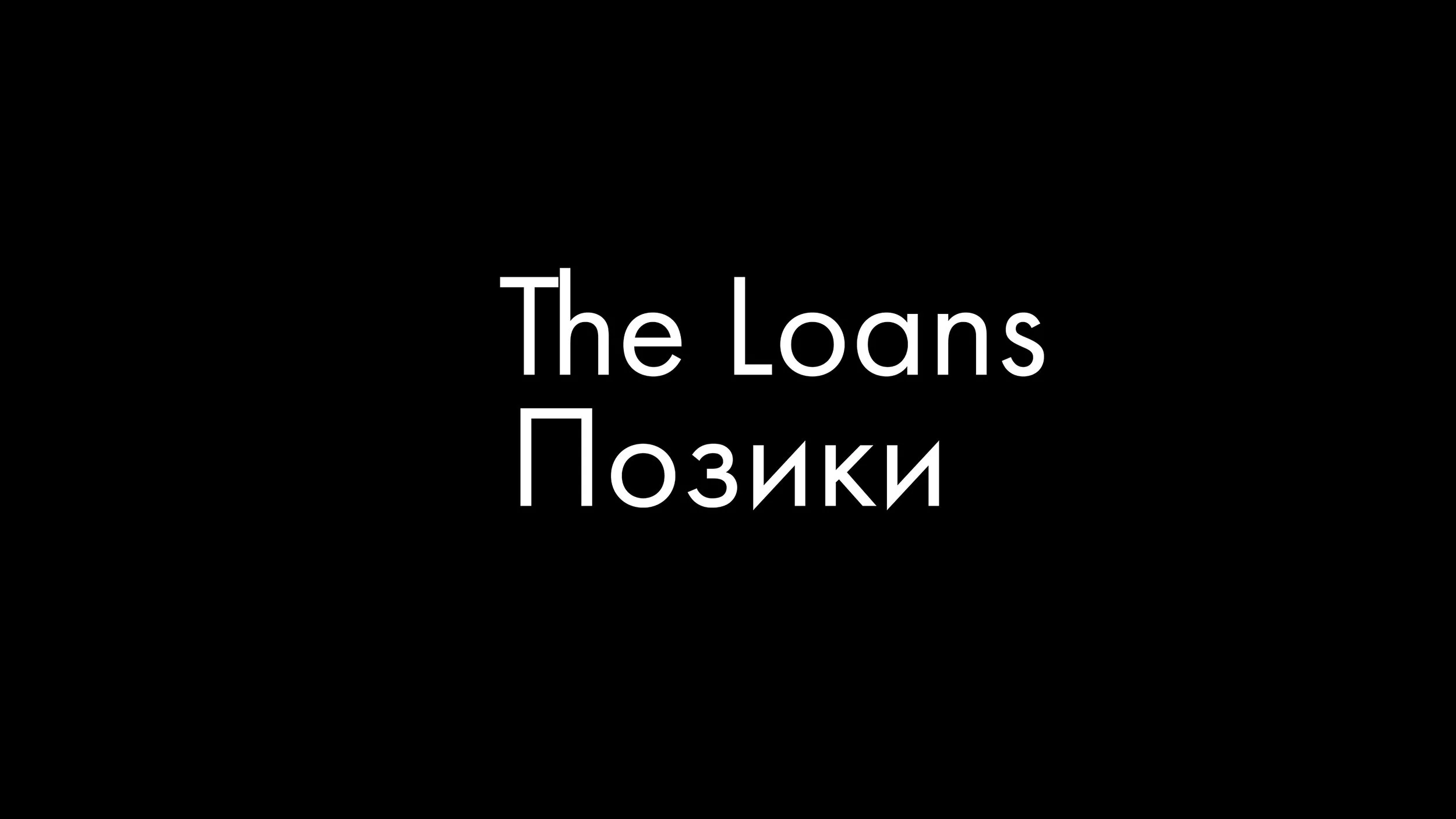
Introduction
Introduction: Legends and Legacies of Borshchiv
A Prayer for Ukraine / courtesy of Ukrainian Bandurist Chorus

The Borshchiv Region
The Borshchiv region is an area in the Ternopil oblast (province) of the ethnographic region of Podillia, with the cities of Zalishchyky to its east and Chortkiv and Kopychyntsi to its north. The Borshchiv region encompasses 1,000 square kilometres with one city after which it is named, two towns, and 69 villages. Once a raion (county) in its own right, the Borshchiv region was merged into the Chortkiv raion on July 18, 2020.
Farming was the most common occupation, with generations of families working on the same land. The region’s warm climate produced a variety of crops including sugar beets, wheat, barley, and tobacco. In the past, hemp was grown and thrived in the black soil of Podillia. The natural resources of the region also fostered the cultivation of orchards, animal husbandry, and beekeeping. Other enterprises such as masonry, shoemaking, weaving, and blacksmithing were seasonal.
The History of Borshchiv / Cobblestone Tours
Life in the Borshchiv Region
In the Borshchiv region, customs and traditions were based on the religious and seasonal calendars. The seasonal calendar determined the annual cycle of activities related to the harvest year. Everyday agricultural activities like ploughing and planting called for simpler clothing, especially when it came to the sorochka (chemise). These sorochky were modestly embroidered, if at all, and were worn by farmers who also served their communities as weavers, masons, shoemakers, and blacksmiths in the off-seasons.
Occasions such as church attendance, holidays, and feast days called for an exceptional sorochka. The black-embroidered sorochka of the Borshchiv region has drawn the attention of many collectors in Ukraine and the diaspora. This festive sorochky is known for the richness of their embroidery created from black sheep’s wool. Some are also embellished with coloured or metallic threads, sequins, and beads. We can only marvel at the variation and quality of these unique works of art, which the Borshchiv people have established as their legacy.

Legends and Lore
There are several legends surrounding the origin of the black embroidered sorochka. Popular legend states that sorochky embroidered in black were worn as a sign of mourning. The legend says that invaders carried out raids across Europe, killing nearly every man from the villages of Borshchiv. In their grief, women vowed to mourn the dead for seven generations, wearing sorochky predominantly embroidered with black wool.
Another legend states that black embroidery was worn as a talisman to ensure good health. Legend has it that the Borshchiv region was plagued with disease from which women suffered. To protect themselves and their descendants, women began embroidering their sorochky with black wool which they believed could deceive death.
Black wool embroidery is also said to be symbolic of the rich black soil of Podillia. Legend states that the villages of Borshchiv had been devastated by a drought. One night, the Blessed Virgin appeared to an elder woman in a dream and explained to her that embroidering sorochky with black wool would summon the rain. The woman shared her dream with her fellow villagers, who began to embroider their sorochky accordingly. Dressed in their black sorochky, they raised their arms in prayer, and the Lord sent rain.

From the Collection
Leonard Krawchuk
Born in Flin Flon, Manitoba, Leonard Krawchuk is arguably the most prolific collector of Ukrainian artifacts and cultural research in Canada. His family history in Canada began when his great-grandfather emigrated from Tsyhany in the Borshchiv Region in 1902 and helped found the village of Pine River, Manitoba. Leonard began collecting out of a desire to connect with the past and articulate his own Ukrainian heritage. His love affair with the arts was sparked and supported by his mother, his aunt, and his grandmother.
Leonard collects according to the geography of Ukraine, searching for attire characteristic of all ethnic regions. He also has an outstanding collection of Hutsul pottery – one of the best in Canada. In addition, he collects rushnyky (embroidered towels), kylymy (tapestry rugs), porcelain figurines, and paintings of Ukrainian rural life, along with postcards, jewellery, and coins. The Ukrainian Museum of Canada, Ontario Branch is honoured to have been chosen by Leonard Krawchuk as the home for his vast and varied collection.

Moloda (Bride)
The moloda would wear a full-length sorochka with elaborate embroidery. Wrapped around the waist was a black obhortka (wrap-around skirt) decorated with vertical and horizontal stripes and held in place by a woven wool poyas (sash). In most villages, a zapaska (apron) was worn over the obhortka. This could be decorated with coloured or metallic threads, sequins, and beads. In the fall or winter, the moloda would also wear a sheepskin bunda (vest) or svyta (wool coat).
During the wedding ceremony, the moloda would wear a vinok (wreath) combined with a chil’tse (headband) decorated with flowers, ribbons, beads, and sequins. The vinok symbolizes youth, innocence, and virginity. After the ceremony, the vinok would be replaced with a peremitka (head-cloth) covering the hair and neck. This ritual marked the moloda’s transition from maiden to matron.
Moloday (Groom)
The moloday would wear a knee-length sorochka decorated with fine embroidery. The sorochka was worn over the pants and tied at the waist with a woven wool poyas or leather cheres (belt). A unique custom in some villages was to embellish the pant legs with horizontal pleats. In the summer, the moloday would wear a straw kapelukh (hat) with a decorative band of beads, feathers, flowers, or pom-poms. In the fall or winter, he would wear a sheepskin bunda or svyta with a kuchma (shearling hat).
In the Borshchiv region, sorochky were often made of hemp, which was less expensive than fine linen. Hemp was harvested twice a season. The male part of the plant, the ploskin’ (staminate), was harvested first, followed by the female part of the plant, the matirka (pistillate). The former produced finer quality threads, and the latter coarser ones. For a more vibrant appearance, the woven cloth was soaked and laid out to be bleached by the sun. This process was repetitive and turned the green-grey hemp cloth to the desired shade of white. From the day the seeds were sown to the day embroidery was completed, sorochky could take up to two years to be made.
Men’s Sorochka
Khlopianka (Men’s Style Sorochka):
Ustavkova Sorochka (Sorochka with Shoulder Insets):
Men’s sorochky were made to the knee from a single piece of folded cloth. A round opening was cut out at the fold for the head and the front opening was cut from the neckline towards the chest. The sleeve could be gathered into a narrow or wide cuff. The neckline could be finished with a narrow band of cloth or collar. The decoration was minimal and often located around the hem, neckline, and sleeve ends. Sorochky could also be embellished with coloured or metallic threads, sequins, and beads.
A khlopianka was originally worn as an everyday shirt and was designed to give the wearer freedom of movement. The word khlopianka is derived from the Ukrainian word for “fellow” and was so named because it was similar in cut to a man’s sorochka. Unlike most women’s sorochky, the khlopianka was not gathered at the neckline.
The ustavkova sorochka had shoulder insets attached to the bodice, which extend the neckline. The neckline may be gathered and drawn together with strong string or held in place with a narrow band of cloth. In most cases, the front opening was cut from the neckline towards the chest. The sleeves could also be gathered at the wrist, left open, or cuffed.
Embroidery
The ustavkova sorochka was known for its unique and recognizable design. The sleeve embroidery was divided into three sections: the ustavka (shoulder inset), the morshchynka (middle section) and the rukav (sleeve). The ustavka was decorated with multiple rows of embroidery, often black, and outlined with coloured or metallic thread. The morshchynka consisted of one wide band of elaborate embroidery. The rukav was decorated with stripes of different widths and patterns that extended down the length of the sleeve to the sleeve end. These sorochky may also have had pohrudky – vertical bands of embroidery along the front and back of the bodice. The khlopianka followed a similar design placement with embroidery around the front opening, down the length of the sleeve, and around the sleeve end. These sorochky also had wide bands of embroidery along the front and back of the bodice.
In Ukraine, hundreds of embroidery stitches have been recorded. In the Borshchiv region up to 25 were used including kolodky (half-cross stitch), bytym (outline stitch), verkhoplut (topwinder or surface stitch) and hlad’ (satin stitch). Together, these stitches and the use of wool thread created dimension and density, blanketing the cloth with magical imagery.

Footwear & Jewellery
Footwear
Jewellery

Symbolism
Symbolism in Ukrainian embroidery has existed for as long as Ukrainians have embroidered. The symbols found in pysanka writing, pottery, weaving, and later, embroidery and other traditional art forms, originated in a time when our ancestors had a close, magical connection with nature, specifically in Cucuteni-Trypillian culture (c. 5500 to 2750 BC). These symbols represented the sun, earth, water, air, and fire as well as the plant and animal worlds. Recently, there has been a world-wide renewal of interest in the folk arts and the ancestral codes believed to be hidden in them. These symbols continue to be studied and many theories exist about their meaning and origins.
The Borshchiv region was known for its early geometric designs and its stylised floral imagery which grew in popularity during the mid to late 20th century. While some designs were included for decorative purposes, others held symbolic significance, the meaning of which is open to interpretation. For example, the rhombus, with or without hooks, is often interpreted as an agricultural symbol of fertility. Other common elements included plant motifs, rosettes, zigzags, and spirals. These could be rendered in coloured or metal threads, sequins, and beads.

Exhibition Curator • Daria Diakowsky
Assistant Curator • Sydney Rodrigues
Graphic Design • Anna Harasym Visual Communication
Video Production • Andrew Waller Photography
Graphic Assistants • Franko Diakowsky, Ivanka Haney
UMCO Curator • Halya Kluchko
Special Thank You to:
Chef Marc Bennet and staff, Myroslava Boikiv, Odarka Chudoba, Christina Dashko, Volodymyr Dobush, Myroslava Dubyk, Irka and Uliana Dyczok, Jim Hill, Bozhena Gembatiuk, Sonia Holiad, Laurisa Hrycyna, Daria Hulak-Kulchytsky, Olga Klymenko, Daria Kowalyk, Lesia Korobaylo, Tamara Koszarny, Leonard Krawchuk, Tetiana Kryvoruchko, Lila Lapczak, Maria Latyszewskyj, Nadia Matiyash, Halyna Ostapchuk, Cathy Paroschy-Harris, Lyudmyla Pogoryelova and the Taras Shevchenko Museum, Dr. Sonia and Wolodymyra Prokopetz, Vincent Rees-Cobblestone Freeway Tours, Rodovid, Maria Rypan, St. Volodymyr Institute, Slavka Sametz-Chewchuk, Lesia Shipowick, Lily Stafford, Eduard Susla, Lubomyra Tomchuk, Ivan Tron, Andriy Tsymbal, Ukrainian Museum New York, Ukrainian Museum of Canada, Manitoba Branch, Susan Warecki, Olenka Wasley, Marianna Zaparyniuk

One of the most exciting aspects to planning an exhibition such as Legends & Legacies of Borshchiv is involving the community to participate. We have found that sharing ownership of a Museum exhibition with the community broadens our audience base and most importantly, enriches the experience for everyone involved.
The Borshchiv region is the ancestral home of many of the people in Toronto and Eastern Canada. For this reason, many Ukrainian-Canadians possess sorochky from Borshchiv that have been handed down to them. Many community members have chosen to acquire Borshchiv sorochky because they are so beautiful and unique. We are honoured to be exhibiting 11 sorochky that are on loan to us and 2 sorochky which were donated. Like all of the artifacts in our Museum collection, each has a story. Here are a few…
Down Load the full video here


